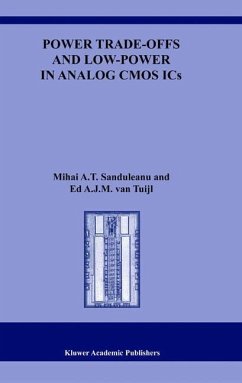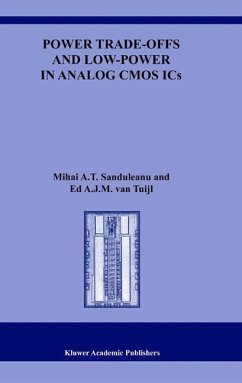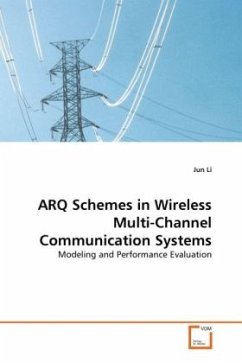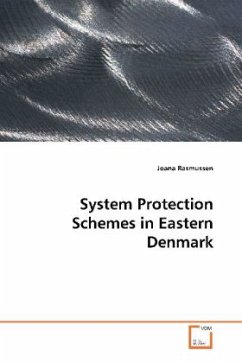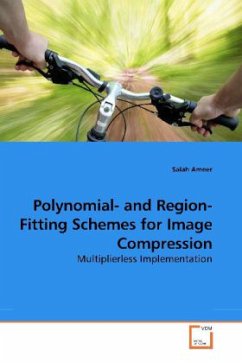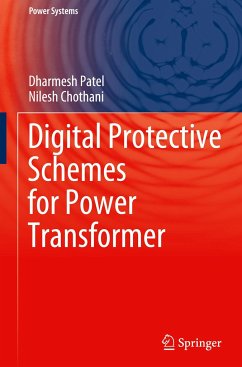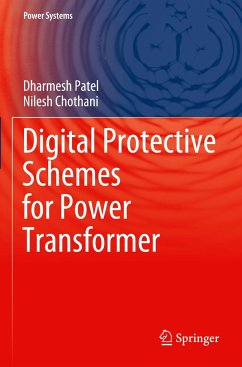
Trade Offs in FEC Schemes and RF Power for Wireless Sensor Networks
A glance through the world of trade-offs in Ultra Low Power applications of WSNs
Versandkostenfrei!
Versandfertig in 6-10 Tagen
39,99 €
inkl. MwSt.

PAYBACK Punkte
20 °P sammeln!
During the last years low power WSNs are topics for research and projects. "Smart Dust", the so called Ultra Low Power WSNs are generally designed with hundreds or thousands of autonomous devices called sensor nodes. These sensor nodes organize themselves in a wireless network that performs data sensing, processing and services. The nature of the application gives "natural" specifications for each part of a sensor node. Especially media sensor nodes must share images and videos. For these kind of applications the requirements in terms of BER(Bit Error Rate) are very tight, meaning an higher re...
During the last years low power WSNs are topics for research and projects. "Smart Dust", the so called Ultra Low Power WSNs are generally designed with hundreds or thousands of autonomous devices called sensor nodes. These sensor nodes organize themselves in a wireless network that performs data sensing, processing and services. The nature of the application gives "natural" specifications for each part of a sensor node. Especially media sensor nodes must share images and videos. For these kind of applications the requirements in terms of BER(Bit Error Rate) are very tight, meaning an higher required Signal to Noise ratio. FEC (Forward Error Correction) is a communication technique that can correct wrong data on the receiving end. FEC enables the system to save transmission power at the cost of redundancy and decoding. Different coding schemes perform different energy savings depending on the algorithm and the implementation. This book summarizes a trade-off analysis in FEC schemes and RF power. The aim is to compare different systems and to show when the use of FEC in a WSN is worthwhile for the efficiency of the entire system.



